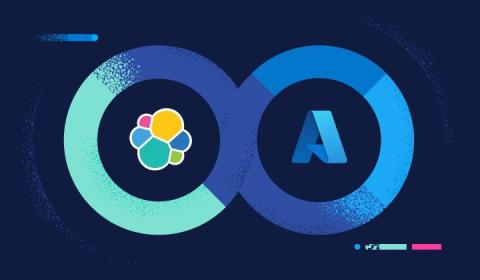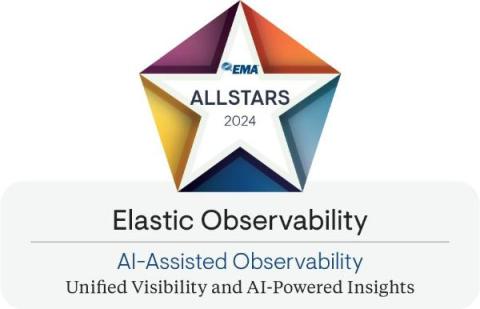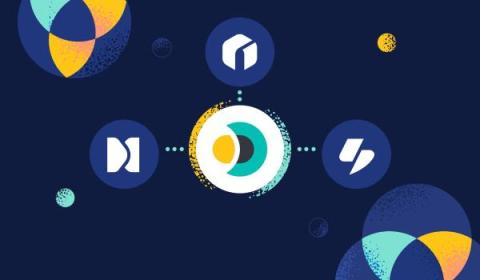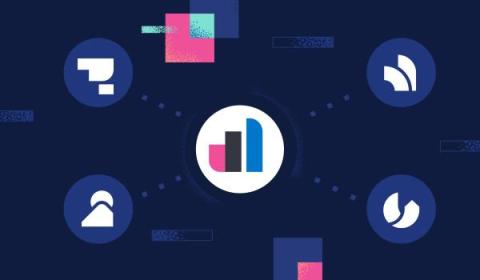Elastic Observability monitors metrics for Microsoft Azure in just minutes
Developers and SREs choose Microsoft Azure to run their applications because it is a trustworthy world-class cloud platform. It has also proven itself over the years as an extremely powerful and reliable infrastructure for hosting business-critical applications. Elastic Observability offers over 25 out-of-the-box integrations for Microsoft Azure services with more on the way. A full list of Azure integrations can be found in our online documentation.











